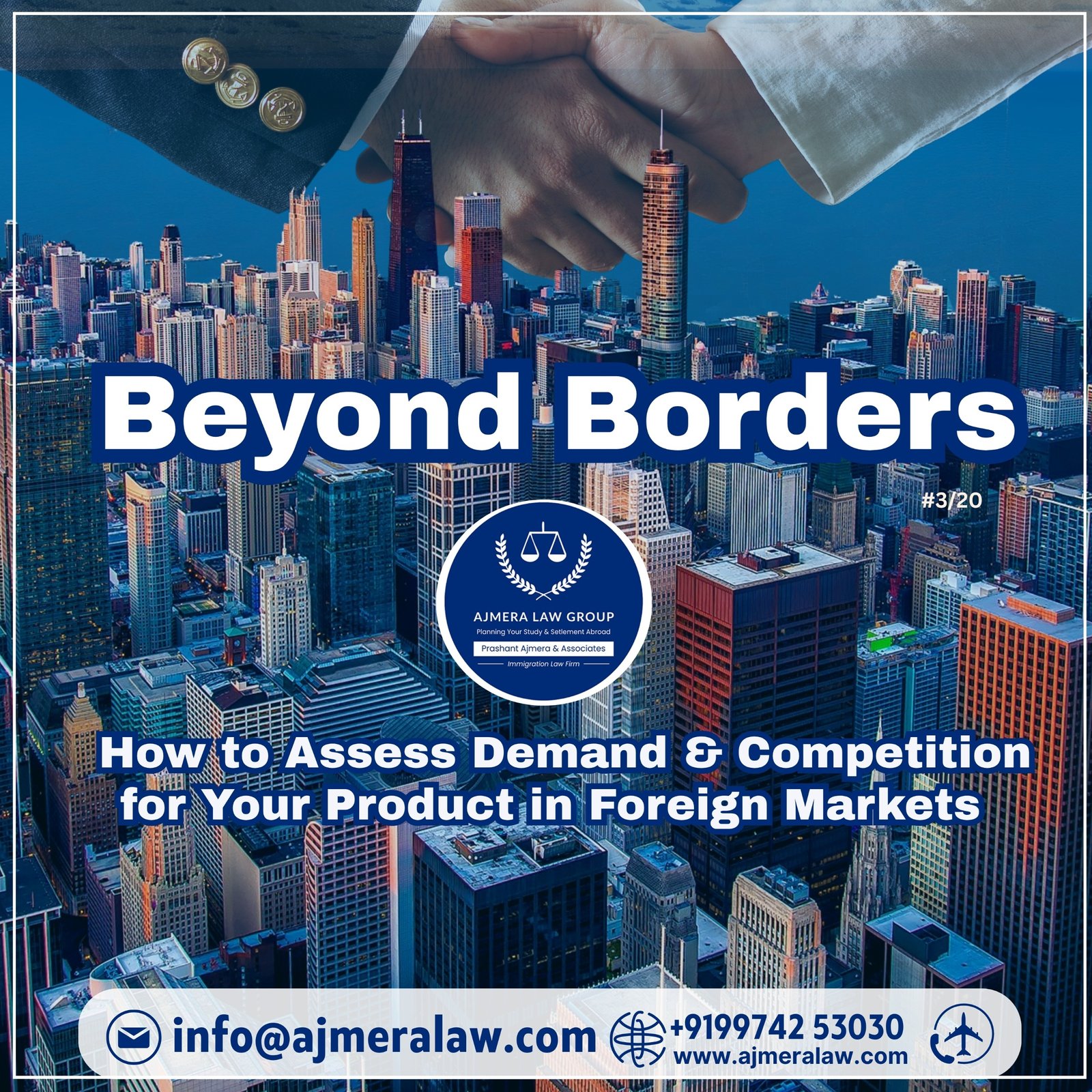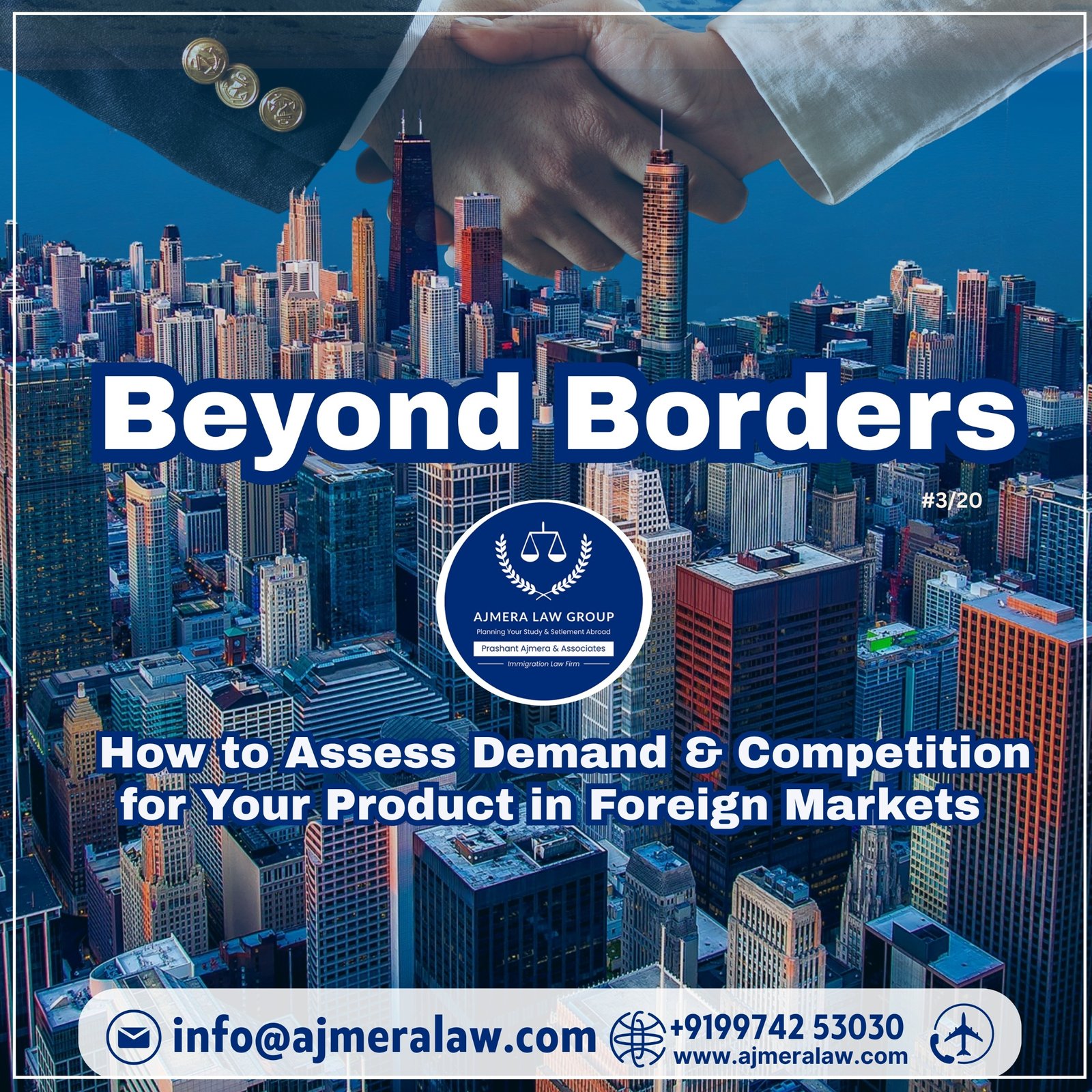🏢 Branch Office vs. Wholly Owned Subsidiary: A Legal Guide for Indian Businesses Expanding Abroad 🌍
As Indian companies grow and achieve sustained export success, the next logical step is to establish a physical presence in foreign markets. But which route should you choose — Branch Office or Wholly Owned Subsidiary (WOS)?
Each structure has its own legal, tax, and compliance implications. Here’s a detailed comparison, including Indian legal provisions and regulations in key international markets.
🔹 1. Branch Office (BO)
A Branch Office is not a separate legal entity — it functions as an extension of the Indian parent company. Ideal for market representation, liaison, and customer service.
✅ Indian Legal Framework
- FEMA Regulations:
Under FEMA Notification No. FEMA 7(R)/2015-RB:- All financial transactions must go through an authorized dealer bank.
- BOs cannot manufacture, but can engage in:
- Consulting
- Marketing
- Research and development
- RBI Guidelines:
- RBI approval is mandatory if the country is not under the automatic route.
- Annual compliance filings with RBI are compulsory.
- Taxation:
- All income earned is taxed in India as part of the parent company’s global income.
🌍 Foreign Regulations
- USA:
- Must register with the Secretary of State.
- Income taxed under US corporate tax as Indian entity’s income.
- UAE:
- Must obtain a Trade License.
- Requires a local sponsor or agent.
- Can offer services but cannot manufacture or trade locally.
🔹 2. Wholly Owned Subsidiary (WOS)
A WOS is a completely independent legal entity in the foreign country, fully owned by the Indian parent.
✅ Indian Legal Framework
- Companies Act, 2013:
- Must comply with Section 379 if operations affect India.
- Must maintain consolidated financials and proper governance.
- RBI – Overseas Direct Investment (ODI):
- Falls under the ODI Regulations.
- Automatic route applies for most countries; approval needed in restricted jurisdictions.
- Taxation:
- Profits are taxed abroad.
- Dividends to India are subject to DTAA (Double Taxation Avoidance Agreement) benefits.
🌍 Foreign Regulations
- USA:
- Register as C Corp, S Corp, or LLC.
- Offers liability protection.
- UK:
- Incorporated under Companies Act, 2006.
- Must register with Companies House and appoint a local director.
- Singapore:
- Governed by the Companies Act, Cap. 50.
- Must have at least one local resident director.
⚖️ Branch Office vs. Wholly Owned Subsidiary: Key Differences
| Feature | Branch Office | Wholly Owned Subsidiary |
| Legal Status | Extension of Indian Co. | Separate legal entity |
| Activities | Liaison, service, marketing only | Full-scale operations incl. manufacturing |
| Liability | Indian company liable | Limited to subsidiary’s assets |
| Taxation | Taxed in India | Taxed abroad |
| Compliance | RBI + FEMA | ODI + Host country laws |
| Closure | Easier to close | Requires liquidation or sale |
🌍 Key Considerations Before Choosing a Market
- DTAA (Double Tax Treaties)
Minimize tax on overseas income with treaty benefits. - Ease of Doing Business
Prefer countries with strong governance, low bureaucracy, and digital systems. - Government Incentives
For example, Singapore offers startup tax exemptions. - Trade Agreements
Leverage India’s FTAs and bilateral treaties for easier market access.
🚀 Conclusion
Choosing the right entry structure is critical for regulatory compliance, tax optimization, and long-term success. Whether you go for a Branch Office or a Wholly Owned Subsidiary, proper planning is essential.
🔍 Want to expand your Indian business globally the right way?
📞 Call International Business Lawyer Prashant Ajmera at
📲 +91 99742 53030
🌐 Or Read More on Our Blog: www.ajmeralaw.com/blog
#IndianBusinessAbroad #GlobalExpansion #BranchVsSubsidiary #FEMA #ODI #ExportStrategy #AjmeraLawGroup #GoGlobal #MakeInIndia #InternationalMarkets





